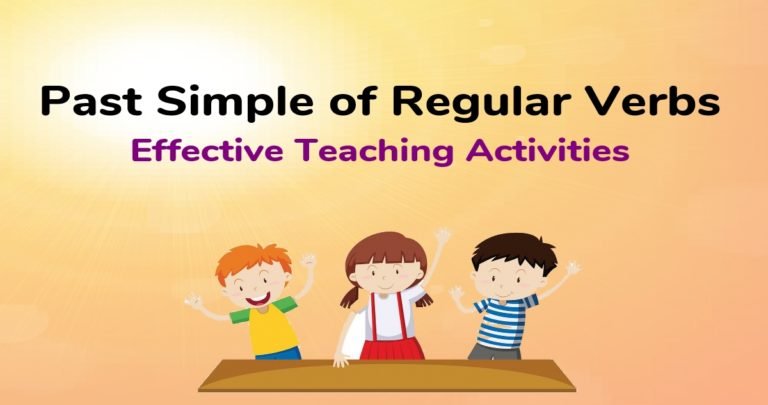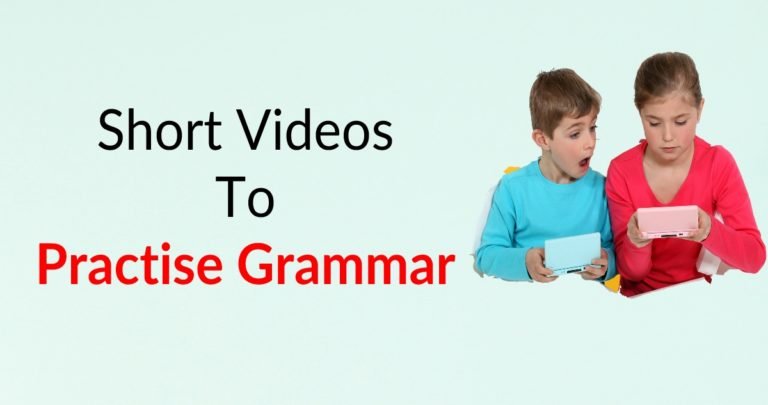Videos to Teach the Past Simple Tense
Recently I have created a set of videos to teach the past simple tense in English. There is a video that helps students learn to form the past tense in the following situations:

Recently I have created a set of videos to teach the past simple tense in English. There is a video that helps students learn to form the past tense in the following situations:

Do your students struggle with the past simple tense? Do you want to make your teaching more effective and fun?

Grammar is very important. But grammar revision is often boring.

Reading aloud is one of the most frequently used activities at schools. At the same time, it is one of the most discussed activities in ELT and many teachers refuse to use it. In this post, I would like to discuss the problems reading aloud poses and a possible solution. The first problem, and one…